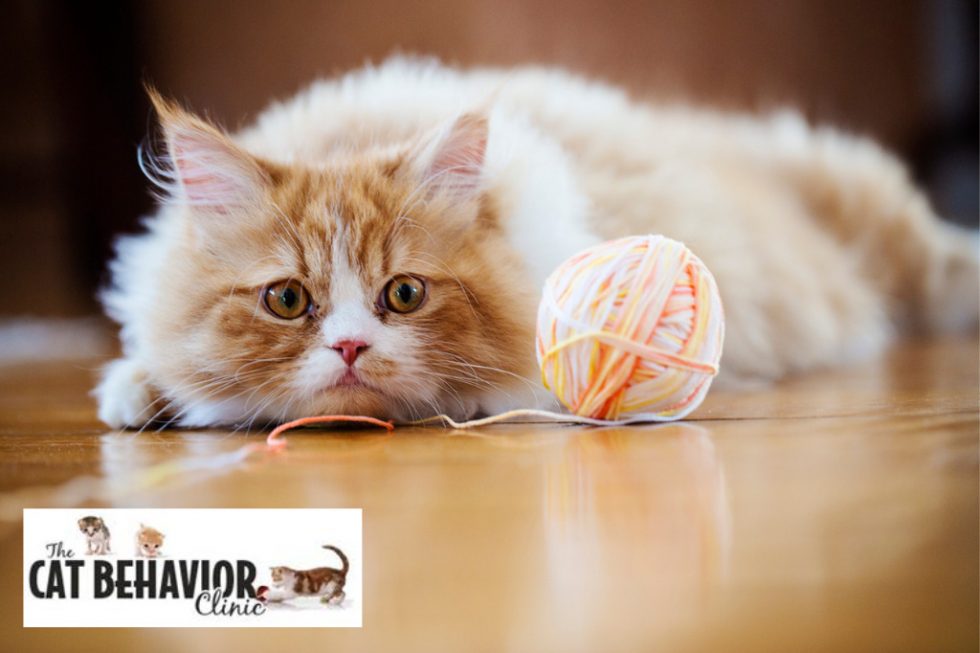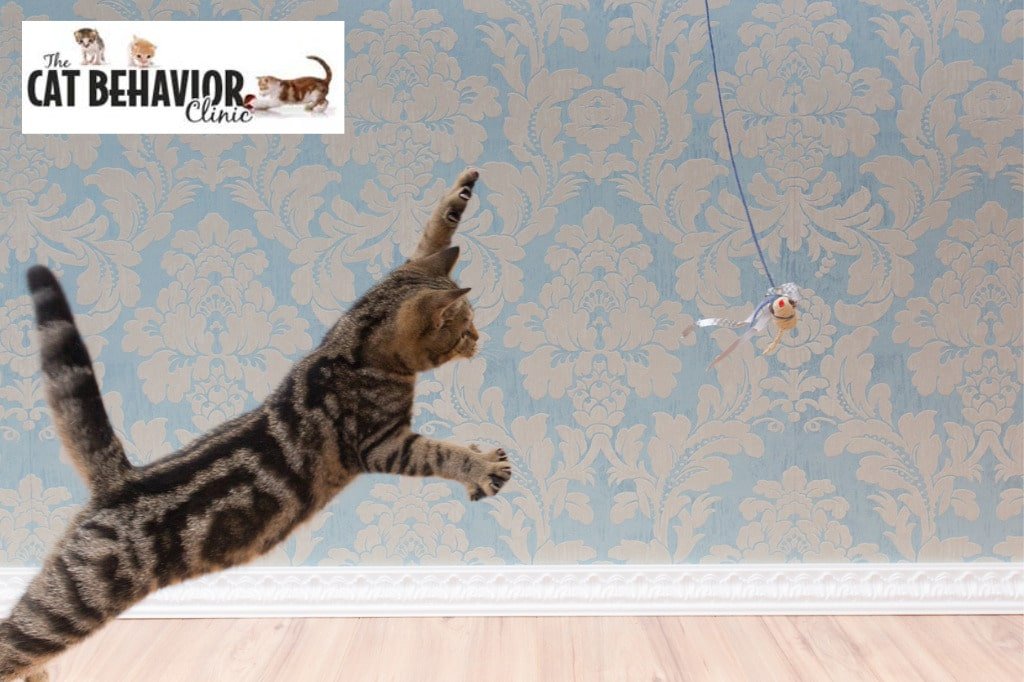What are the causes of, and solutions to, cat aggression?
Table of Contents
Section 1: Types of Cat Aggression
Section 2: Identifying the Triggers
Introduction
Have you ever found yourself on the receiving end of an aggressive hiss, swipe, or bite from your beloved feline friend? Cat aggression can be a challenging and bewildering behavior, leaving many cat owners at a loss for how to handle it. In this blog, we will delve into the world of cat aggression, exploring its causes and providing practical solutions for managing this issue.
Cats have long been our companions, cherished for their independent and playful nature. However, aggression in cats is a common concern among pet owners and can have serious consequences if left unaddressed. As a passionate Certified Cat Behaviorist™, I’ve seen the impact of aggression firsthand, which is why we’ll explore the various causes of cat aggression and provide actionable tips for handling and mitigating this behavior effectively.
Section 1: Types of Cat Aggression
Before delving into solutions, it’s essential to grasp the different types of cat aggression. Identifying the specific type of aggression your cat is displaying is the first step toward managing it effectively. Cat aggression can be categorized into several types, including:

1. Territorial Aggression: This occurs when a cat defends its territory from perceived intruders, whether they are other cats or even humans.
2. Fear-Induced Aggression: A cat may lash out when it feels threatened or cornered, resorting to aggression as a means of self-defense.
3. Play Aggression: Playful bites and swats may seem harmless, but they can escalate into aggression if not managed properly.
4. Maternal Aggression: Mother cats may become aggressive when they feel their kittens are in danger.
5. Redirected Aggression: Cats may redirect their aggression toward a person or animal who wasn’t the original source of their frustration.
6. Pain-Induced Aggression: Cats in pain may react aggressively to avoid further discomfort.
By recognizing the type of aggression your cat is exhibiting, you can tailor your approach to address the underlying causes effectively.
Section 2: Identifying the Triggers
Once you’ve identified the type of aggression your cat is displaying, the next step is understanding the triggers that lead to these aggressive behaviors. This knowledge is crucial for implementing successful solutions. Some common triggers for cat aggression include:
1. Intruders: Other cats or animals in your cat’s territory can trigger territorial and fear-induced aggression.
2. Loud Noises: Sudden loud noises or commotion can cause a cat to react aggressively out of fear.
3. Lack of Stimulation: Boredom and pent-up energy can lead to play aggression. Engaging your cat in interactive play can alleviate this.
4. Unfamiliar People or Pets: Introducing new people or animals to your cat’s environment can provoke fear-induced aggression. Gradual introductions are key.
5. Medical Issues: Underlying health problems can lead to pain-induced aggression. Regular vet check-ups are essential to rule out these issues.
6. Maternal Stress: Stress during pregnancy or while raising kittens can trigger maternal aggression in mother cats.
Identifying the triggers of your cat’s aggression enables you to take proactive steps to minimize these triggers and create a safer, more harmonious environment.
Section 3: Managing Cat Aggression
Now that you’ve determined the type and triggers of your cat’s aggression, it’s time to explore practical solutions to manage and reduce this behavior. Here are some effective strategies for handling cat aggression:
1. Provide a Safe Space: Create a designated safe space where your cat can retreat when feeling threatened or stressed. This space should be equipped with all the essentials, like food, water, and a litter box.
2. Behavior Modification: Use positive reinforcement techniques to modify your cat’s behavior. Reward good behavior with treats and affection.
3. Socialization: Gradual and supervised introductions to new people or pets can help reduce fear-induced aggression.

4. Interactive Play: Engage your cat in interactive play sessions to expend energy and alleviate play aggression.
5. Consult a Veterinarian: If you suspect pain-induced aggression, consult your veterinarian to rule out underlying health issues.
6. Seek Professional Help: For severe aggression cases, consider consulting a professional animal behaviorist, such as myself, for expert guidance. Read more about my offerings and book a consultation: https://www.thecatbehaviorclinic.com/aggressive-cat-behavior
Successfully managing cat aggression requires patience, consistency, and a deep understanding of your feline companion. By implementing these strategies, you can create a safer and more harmonious environment for both you and your cat.
Conclusion
Cat aggression is a common concern among cat owners, but understanding its types, triggers, and implementing effective management strategies can make a significant difference in your cat’s behavior and the overall well-being of your feline friend.
Remember, every cat is unique, and what works for one may not work for another. Be patient, be observant, and always prioritize your cat’s well-being. With the right approach and care, you can help your cat overcome aggression and enjoy a happy and peaceful life together.


